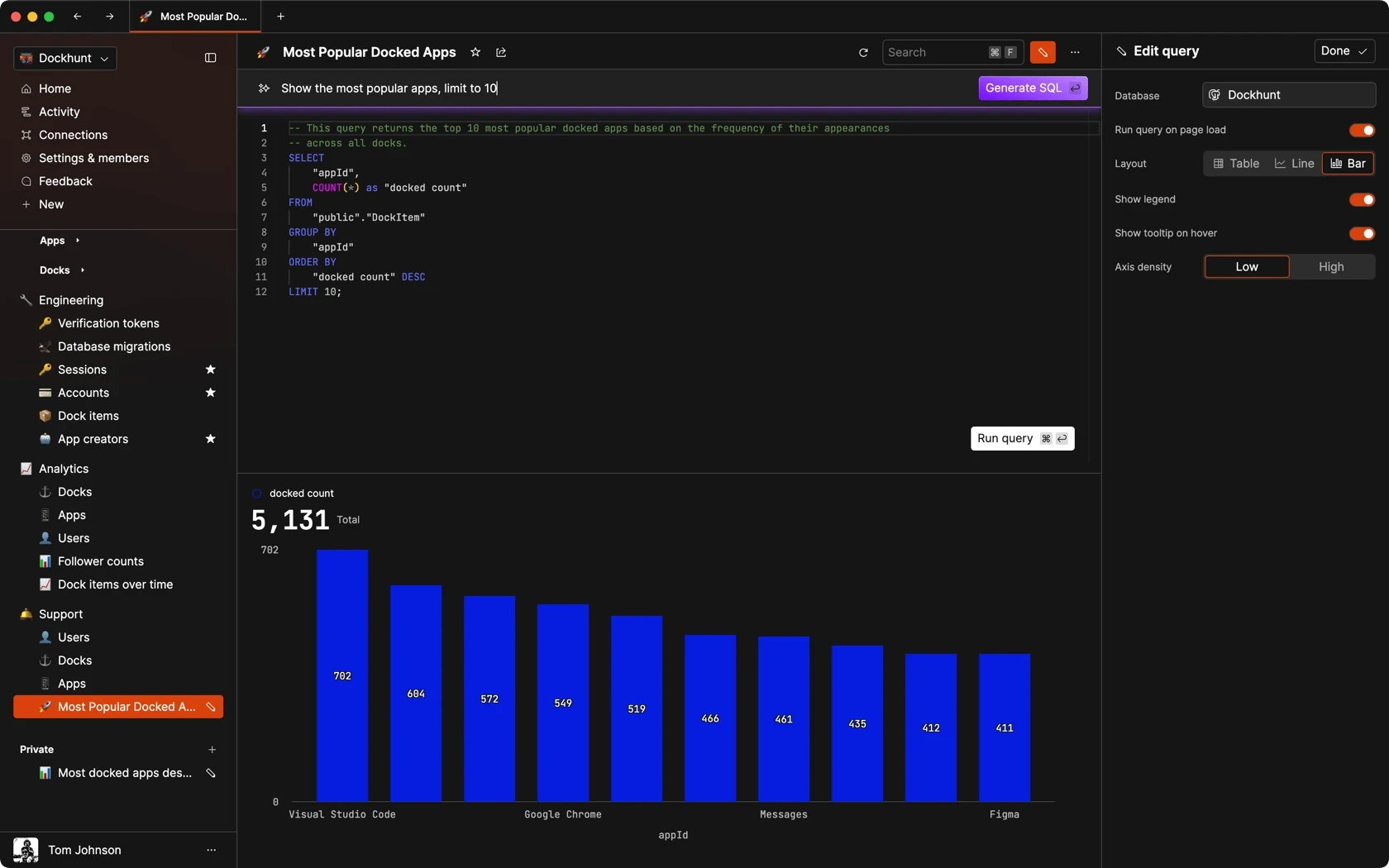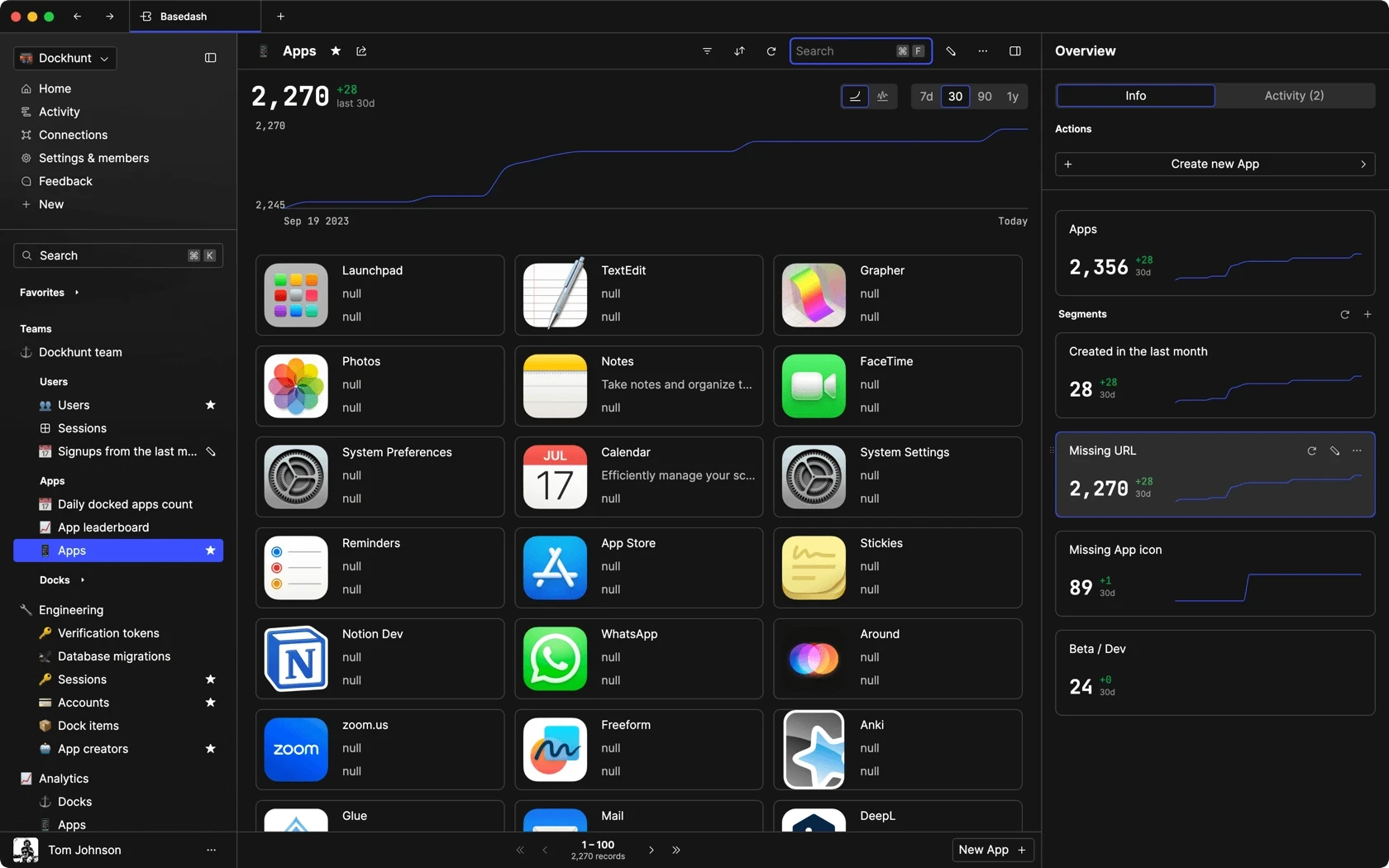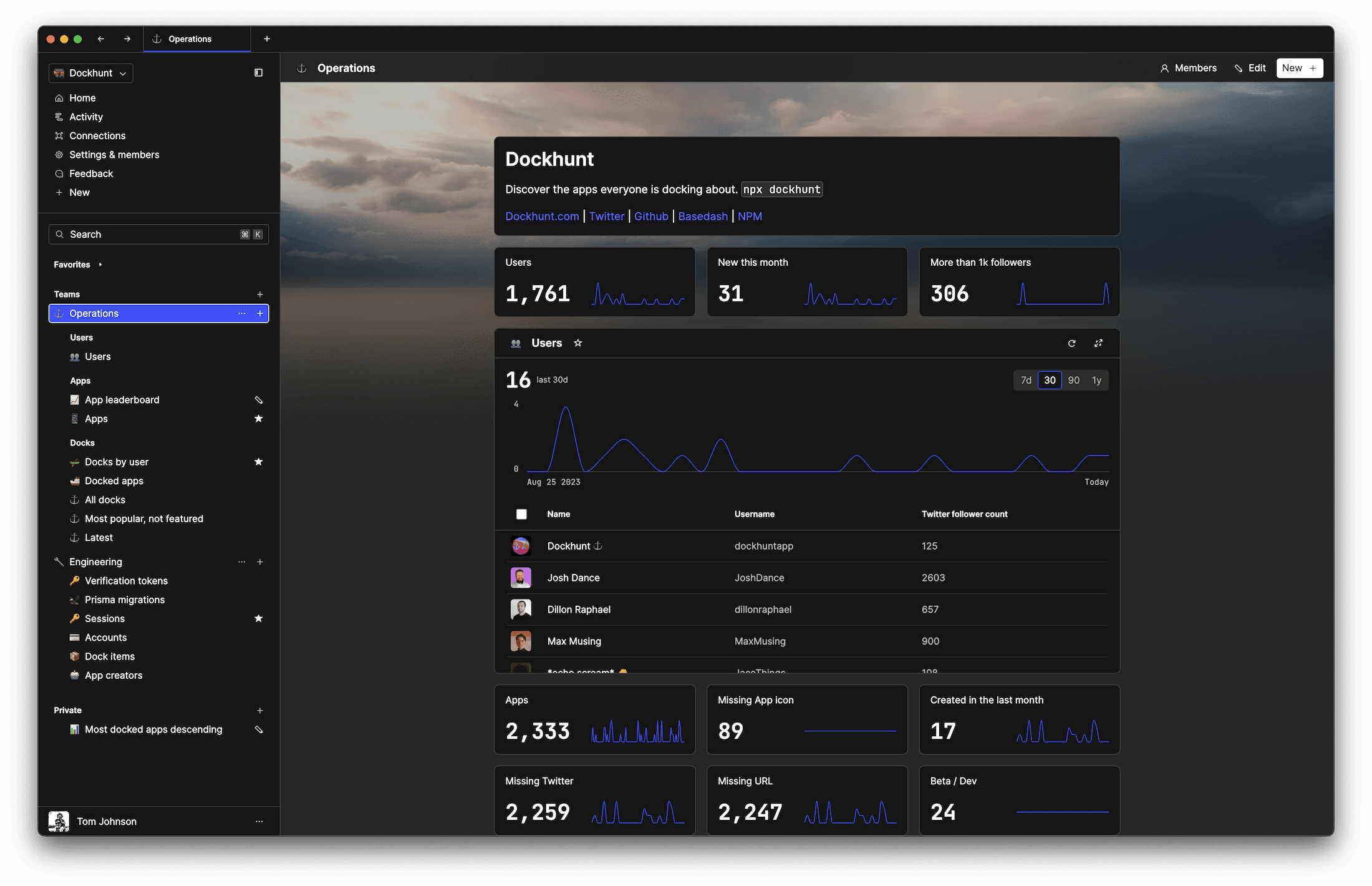
How to Reverse a Number in JavaScript
November 8, 2023
To reverse a number in JavaScript, you need to convert the number to a string, split it into an array, reverse the array and then join it back together. This guide will walk you through the process with code snippets for clarity.
Understanding the task
A number reversal flips the order of its digits. For example, reversing 123 yields 321. In JavaScript, since numbers can't be directly reversed, the operation is typically performed on strings.
Convert the number to a string
Start by converting the number to a string using the toString() method. This step is necessary because the reversal methods apply to strings and arrays, not numbers.
let number = 12345; let stringNumber = number.toString();
Split the string into an array
Once the number is a string, use the split('') method to create an array where each element is a single digit.
let arrayDigits = stringNumber.split('');
Reverse the array
Use the reverse() method to invert the order of the elements in the array.
let reversedArrayDigits = arrayDigits.reverse();
You could ship faster.
Imagine the time you'd save if you never had to build another internal tool, write a SQL report, or manage another admin panel again. Basedash is built by internal tool builders, for internal tool builders. Our mission is to change the way developers work, so you can focus on building your product.

Join the array back into a string
After reversing, use join('') to concatenate the elements back into a single string.
let reversedStringNumber = reversedArrayDigits.join('');
Convert the string back to a number
Lastly, convert the string back into a number with the parseInt() function. If you need to handle decimals, use parseFloat() instead.
let reversedNumber = parseInt(reversedStringNumber, 10);
Handling negative numbers
For negative numbers, you'll need to remove the minus sign before reversing and add it back after.
function reverseNumber(num) { let isNegative = num < 0; let reversedString = Math.abs(num).toString().split('').reverse().join(''); let reversedNum = parseInt(reversedString, 10); return isNegative ? -reversedNum : reversedNum; }
Dealing with decimals
If the number has decimals, the process is similar, but you'll need to handle the decimal point.
function reverseFloat(num) { let stringNumber = num.toString(); let parts = stringNumber.split('.'); let reversedInteger = parseInt(parts[0].split('').reverse().join(''), 10); if (parts.length === 2) { let reversedDecimal = parseInt(parts[1].split('').reverse().join(''), 10); return parseFloat(`${reversedInteger}.${reversedDecimal}`); } return reversedInteger; }
Final thoughts
This guide provided a method to reverse both integers and floating-point numbers. It's important to note that JavaScript may not preserve leading zeros in a reversed number since they are not significant in a numerical representation.
TOC
November 8, 2023
To reverse a number in JavaScript, you need to convert the number to a string, split it into an array, reverse the array and then join it back together. This guide will walk you through the process with code snippets for clarity.
Understanding the task
A number reversal flips the order of its digits. For example, reversing 123 yields 321. In JavaScript, since numbers can't be directly reversed, the operation is typically performed on strings.
Convert the number to a string
Start by converting the number to a string using the toString() method. This step is necessary because the reversal methods apply to strings and arrays, not numbers.
let number = 12345; let stringNumber = number.toString();
Split the string into an array
Once the number is a string, use the split('') method to create an array where each element is a single digit.
let arrayDigits = stringNumber.split('');
Reverse the array
Use the reverse() method to invert the order of the elements in the array.
let reversedArrayDigits = arrayDigits.reverse();
You could ship faster.
Imagine the time you'd save if you never had to build another internal tool, write a SQL report, or manage another admin panel again. Basedash is built by internal tool builders, for internal tool builders. Our mission is to change the way developers work, so you can focus on building your product.

Join the array back into a string
After reversing, use join('') to concatenate the elements back into a single string.
let reversedStringNumber = reversedArrayDigits.join('');
Convert the string back to a number
Lastly, convert the string back into a number with the parseInt() function. If you need to handle decimals, use parseFloat() instead.
let reversedNumber = parseInt(reversedStringNumber, 10);
Handling negative numbers
For negative numbers, you'll need to remove the minus sign before reversing and add it back after.
function reverseNumber(num) { let isNegative = num < 0; let reversedString = Math.abs(num).toString().split('').reverse().join(''); let reversedNum = parseInt(reversedString, 10); return isNegative ? -reversedNum : reversedNum; }
Dealing with decimals
If the number has decimals, the process is similar, but you'll need to handle the decimal point.
function reverseFloat(num) { let stringNumber = num.toString(); let parts = stringNumber.split('.'); let reversedInteger = parseInt(parts[0].split('').reverse().join(''), 10); if (parts.length === 2) { let reversedDecimal = parseInt(parts[1].split('').reverse().join(''), 10); return parseFloat(`${reversedInteger}.${reversedDecimal}`); } return reversedInteger; }
Final thoughts
This guide provided a method to reverse both integers and floating-point numbers. It's important to note that JavaScript may not preserve leading zeros in a reversed number since they are not significant in a numerical representation.
November 8, 2023
To reverse a number in JavaScript, you need to convert the number to a string, split it into an array, reverse the array and then join it back together. This guide will walk you through the process with code snippets for clarity.
Understanding the task
A number reversal flips the order of its digits. For example, reversing 123 yields 321. In JavaScript, since numbers can't be directly reversed, the operation is typically performed on strings.
Convert the number to a string
Start by converting the number to a string using the toString() method. This step is necessary because the reversal methods apply to strings and arrays, not numbers.
let number = 12345; let stringNumber = number.toString();
Split the string into an array
Once the number is a string, use the split('') method to create an array where each element is a single digit.
let arrayDigits = stringNumber.split('');
Reverse the array
Use the reverse() method to invert the order of the elements in the array.
let reversedArrayDigits = arrayDigits.reverse();
You could ship faster.
Imagine the time you'd save if you never had to build another internal tool, write a SQL report, or manage another admin panel again. Basedash is built by internal tool builders, for internal tool builders. Our mission is to change the way developers work, so you can focus on building your product.

Join the array back into a string
After reversing, use join('') to concatenate the elements back into a single string.
let reversedStringNumber = reversedArrayDigits.join('');
Convert the string back to a number
Lastly, convert the string back into a number with the parseInt() function. If you need to handle decimals, use parseFloat() instead.
let reversedNumber = parseInt(reversedStringNumber, 10);
Handling negative numbers
For negative numbers, you'll need to remove the minus sign before reversing and add it back after.
function reverseNumber(num) { let isNegative = num < 0; let reversedString = Math.abs(num).toString().split('').reverse().join(''); let reversedNum = parseInt(reversedString, 10); return isNegative ? -reversedNum : reversedNum; }
Dealing with decimals
If the number has decimals, the process is similar, but you'll need to handle the decimal point.
function reverseFloat(num) { let stringNumber = num.toString(); let parts = stringNumber.split('.'); let reversedInteger = parseInt(parts[0].split('').reverse().join(''), 10); if (parts.length === 2) { let reversedDecimal = parseInt(parts[1].split('').reverse().join(''), 10); return parseFloat(`${reversedInteger}.${reversedDecimal}`); } return reversedInteger; }
Final thoughts
This guide provided a method to reverse both integers and floating-point numbers. It's important to note that JavaScript may not preserve leading zeros in a reversed number since they are not significant in a numerical representation.
What is Basedash?
What is Basedash?
What is Basedash?
Ship faster, worry less with Basedash
Ship faster, worry less with Basedash
Ship faster, worry less with Basedash
You're busy enough with product work to be weighed down building, maintaining, scoping and developing internal apps and admin panels. Forget all of that, and give your team the admin panel that you don't have to build. Launch in less time than it takes to run a standup.
You're busy enough with product work to be weighed down building, maintaining, scoping and developing internal apps and admin panels. Forget all of that, and give your team the admin panel that you don't have to build. Launch in less time than it takes to run a standup.
You're busy enough with product work to be weighed down building, maintaining, scoping and developing internal apps and admin panels. Forget all of that, and give your team the admin panel that you don't have to build. Launch in less time than it takes to run a standup.




Dashboards and charts
Edit data, create records, oversee how your product is running without the need to build or manage custom software.
USER CRM
ADMIN PANEL
SQL COMPOSER WITH AI

Related posts
Related posts
Related posts



How to Remove Characters from a String in JavaScript
Jeremy Sarchet



How to Sort Strings in JavaScript
Max Musing



How to Remove Spaces from a String in JavaScript
Jeremy Sarchet



Detecting Prime Numbers in JavaScript
Robert Cooper



How to Parse Boolean Values in JavaScript
Max Musing



How to Remove a Substring from a String in JavaScript
Robert Cooper
